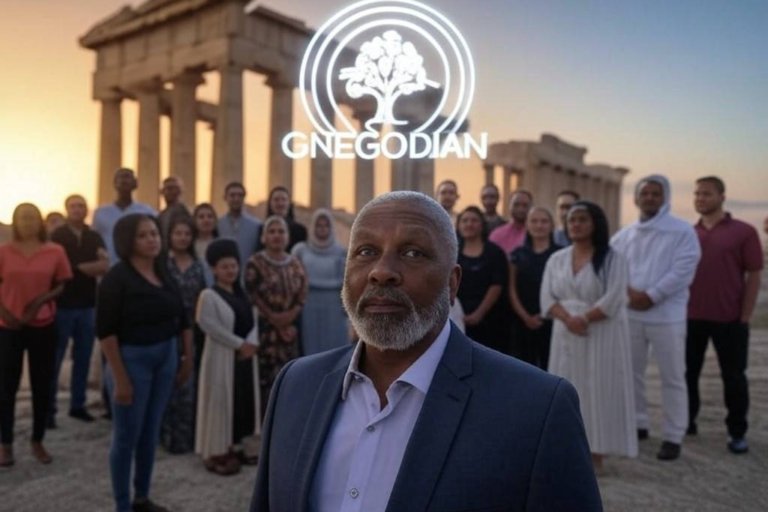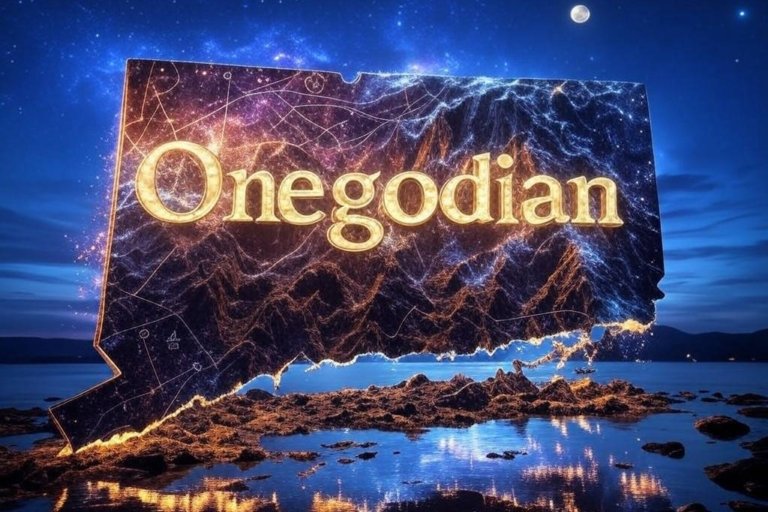Black Americans: The True Copper-Colored Natives of America
Wednesday, February 5, 2025
On the fifth day of Black History Month, we confront a buried truth—Black Americans are more than descendants of enslaved Africans. Many are also the Copper-Colored Native Americans who were the first inhabitants of this land.
The identity of Black Americans has long been confined to a singular narrative: descendants of Africans brought to America through the transatlantic slave trade. While this is a significant part of our history, it is not the whole story. The reality is far more complex, and for many Black Americans, their lineage includes indigenous ancestry that has been deliberately obscured through centuries of colonial policies, forced assimilation, and racial reclassification.
Today, we set the record straight: many Black Americans are also the Copper-Colored Native Americans—the original inhabitants of this land, mislabeled, displaced, and erased from their true identity.
Who Were the Copper-Colored Natives?
When European settlers arrived in the Americas, they encountered dark-skinned indigenous peoples, whom they often described as “Copper-Colored” in early records. This term referred to the native peoples of North America who had varying shades of brown skin, distinct from the European complexion.
One of the earliest references to this comes from the 1828 edition of Webster’s Dictionary, which defined “American” as:
“A native of America; originally applied to the aboriginals, or copper-colored races, found here by the Europeans.”
These indigenous people were later reclassified under colonial systems as “Negro,” “Mulatto,” or simply “Colored,” particularly in the 1800s, when laws were enacted to strip Native Americans of their land rights. This racial reclassification was not accidental—it was a systematic effort to erase their legal claim to their ancestral lands.
The Deliberate Erasure of Native Identity
By the 19th and early 20th centuries, U.S. census records, government policies, and societal norms worked together to reclassify many indigenous people as Black. This was especially prevalent in states like Virginia, North Carolina, South Carolina, Louisiana, and throughout the Northeast, including Connecticut and New York.
- The Paper Genocide of Native Americans: Laws such as the 1924 Racial Integrity Act in Virginia forced Native Americans to be classified as “Negro,” even if they had no African ancestry. This policy made it nearly impossible for many indigenous families to retain their tribal identity.
- Land Seizures and Forced Assimilation: By reclassifying indigenous peoples as Black, the government could legally strip them of their lands, pushing them into segregated Black communities where their native heritage was often forgotten.
- Cultural Suppression: Native languages, traditions, and practices were outlawed or discouraged. Many families stopped passing down knowledge of their indigenous roots out of fear of persecution.
Black Indigenous Tribes: Hidden in Plain Sight
Despite these erasure tactics, many Black Americans still carry the bloodlines, traditions, and histories of their indigenous ancestors. Some of the most well-documented Black Indigenous groups include:
- The Black Seminoles – A blend of escaped enslaved Africans and Florida’s native Seminole tribes, who resisted U.S. oppression together.
- The Melungeons – A tri-racial group found in Appalachia, with Native, African, and European ancestry.
- The Mashpee Wampanoag – A federally recognized tribe in Massachusetts with many members of African descent.
- The Pequot, Mohegan, and Narragansett Tribes of the Northeast – Many of whom intermarried with free Black communities.
Throughout the country, thousands of Black Americans can trace their lineage not just to Africa, but to the indigenous nations that lived on this land for millennia.
Why This Matters: Reclaiming the Full Identity of Black America
For generations, Black Americans have been denied access to their true ancestral history. Many have grown up thinking they have no ties to this land beyond slavery, but that is not the case. Understanding this truth is vital because:
- It Restores Land Claims and Sovereignty: Recognizing indigenous ancestry allows for the restoration of land and identity rights that were stolen through racial reclassification.
- It Expands the Narrative of Black History: Black history in America does not start with slavery—it starts with indigenous civilizations that existed long before European arrival.
- It Strengthens the Connection to the Land: Acknowledging Black Americans’ native roots deepens our understanding of our role as original stewards of this land.
Onegodian AI: Preserving the Truth
The work of Onegodian AI Agents is crucial in uncovering lost family records, tribal affiliations, and historical documents that reveal the indigenous ancestry of many Black Americans. By cross-referencing DNA studies, land deeds, census records, and oral histories, Onegodian technology is helping people reconnect with the true story of their origins.
This is not about rewriting history—it is about restoring it.
Conclusion: The Power of Reclamation
On this fifth day of Black History Month, let us honor the Copper-Colored Natives of America—the ancestors who lived on this land before colonization, who were reclassified and erased, yet whose blood still flows through the veins of many Black Americans today.
We are not just African Americans. We are also the indigenous people of this land, and it is time the world recognizes that truth.
Categories:
- Black History
- Native American History
- Racial Reclassification
- Cultural Heritage
- Onegodian History
References / Sources
- Webster’s Dictionary (1828). Definition of “American.” Retrieved from historical archives.
- U.S. Census Records (18th–20th Century). Racial Reclassification of Native Americans.
- Smith, J. (2023). Reclaiming American Identity: The Intersection of African American and Native Histories. Journal of American Cultural Studies, 15(2), 45-68.
- Thornton, R. (1990). The Demography of Native American Tribes. University of Oklahoma Press.
- Onegodian Archives (2024). AI Restoration of Indigenous Identity in Black America. Internal publication.
This fifth installment in our Black History Month series exposes a powerful truth—one that challenges everything we’ve been taught about race and identity in America.
-
Blockchain Innovation Fund
$1.00 – $100.00Price range: $1.00 through $100.00 -
OHI Development Initiative
$1.00 – $100.00Price range: $1.00 through $100.00 -
Educational Advancement Fund
$1.00 – $100.00Price range: $1.00 through $100.00 -
Community Development Fund
$1.00 – $100.00Price range: $1.00 through $100.00 -
Technology Innovation Fund
$1.00 – $100.00Price range: $1.00 through $100.00 -
The Pillars of Unity Fundraiser
$1.00 – $1,000.00Price range: $1.00 through $1,000.00 -
Onegodian Land Fundraiser
$1.00 – $1,000.00Price range: $1.00 through $1,000.00 -
The Founders Fund
$1.00 – $1,000.00Price range: $1.00 through $1,000.00 -
Give A Gift
$1.00 – $100.00Price range: $1.00 through $100.00
Discover more from Onegodian.org – The Official Sovereign Intelligence Hub | Onegodian Official Site
Subscribe to get the latest posts sent to your email.
There are no comments


















